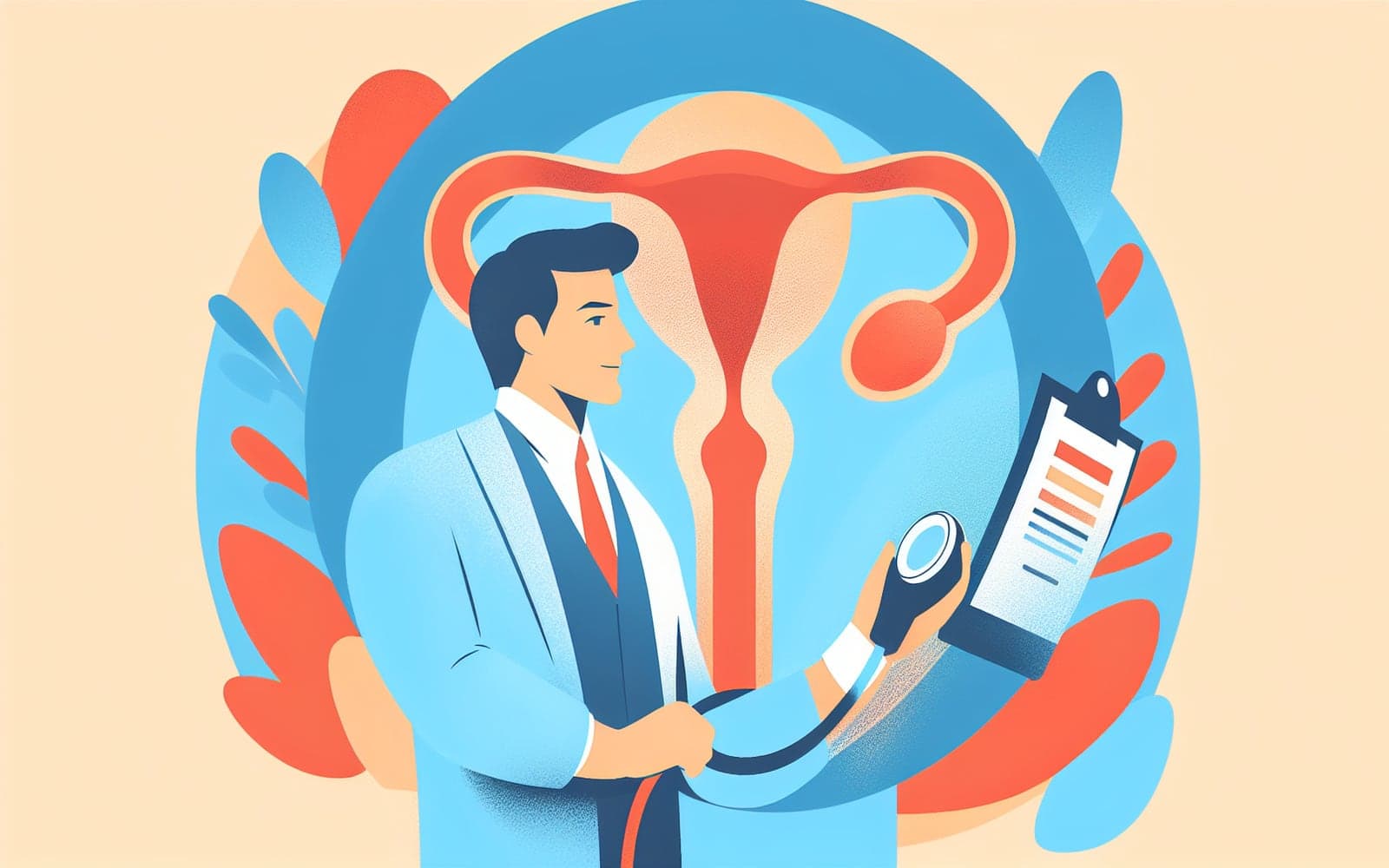How Do Doctors Diagnose an Enlarged Prostate?
How Do Doctors Diagnose an Enlarged Prostate?
What's This About?
Discover the various tests and methods doctors use to diagnose benign prostatic hyperplasia (BPH) and its related symptoms.
Contents
- Initial Evaluation Steps
- Key Laboratory Tests
- Advanced Diagnostic Tools
Initial Evaluation Steps
Doctors begin with a detailed medical history and physical exam to identify symptoms of BPH. This includes assessing urinary habits and conducting a digital rectal exam (DRE) to evaluate prostate size. The goal is to distinguish BPH from other potential causes of urinary symptoms.
Key Laboratory Tests
Urinalysis is a common test used to rule out infections or other causes of symptoms. Prostate-specific antigen (PSA) levels might also be checked, although it's not always necessary for diagnosing BPH. These tests help ensure that symptoms aren't due to another condition like prostate cancer.

Advanced Diagnostic Tools
In some cases, further tests such as bladder scans or ultrasound may be used to measure post-void residual volume. These tests help assess whether the bladder is emptying properly, which is crucial for determining the severity of BPH.
FAQs
What is a DRE?
A digital rectal exam to check prostate size.
Why is a urinalysis done?
To rule out infections or other conditions.
Is PSA testing needed for BPH?
Not always; it's more for prostate cancer concerns.
What does a bladder scan check?
It measures how well the bladder empties.
Wrapping Up
Accurate diagnosis of BPH ensures proper management and treatment.
Additional References
- Foster HE, Barry MJ, Dahm P, et al. Surgical Management of Lower Urinary Tract Symptoms Attributed to Benign Prostatic Hyperplasia: AUA Guideline. J Urol 2018; 200:612.
This article has been reviewed for accuracy by one of the licensed medical doctors working for Doctronic.











